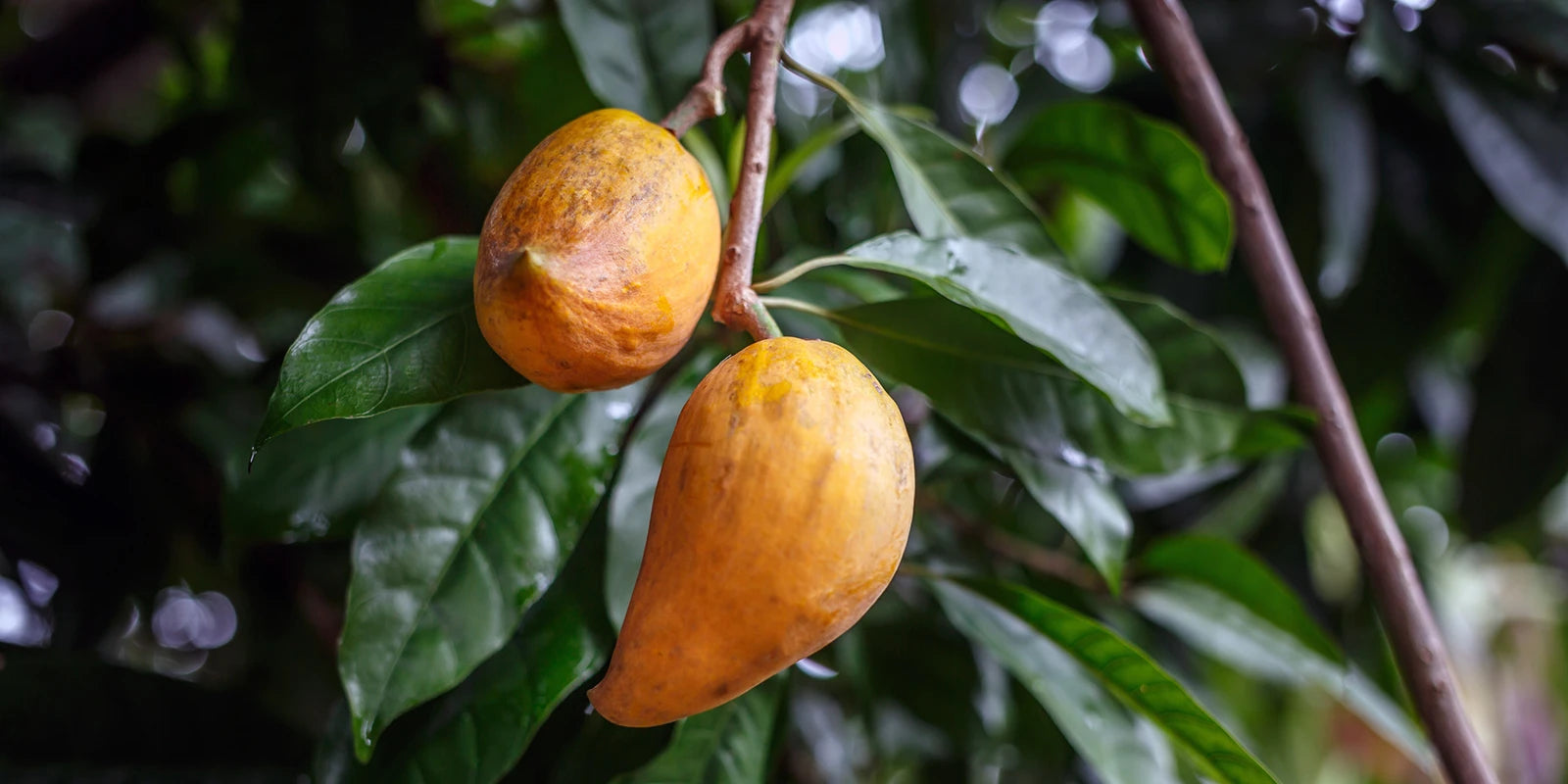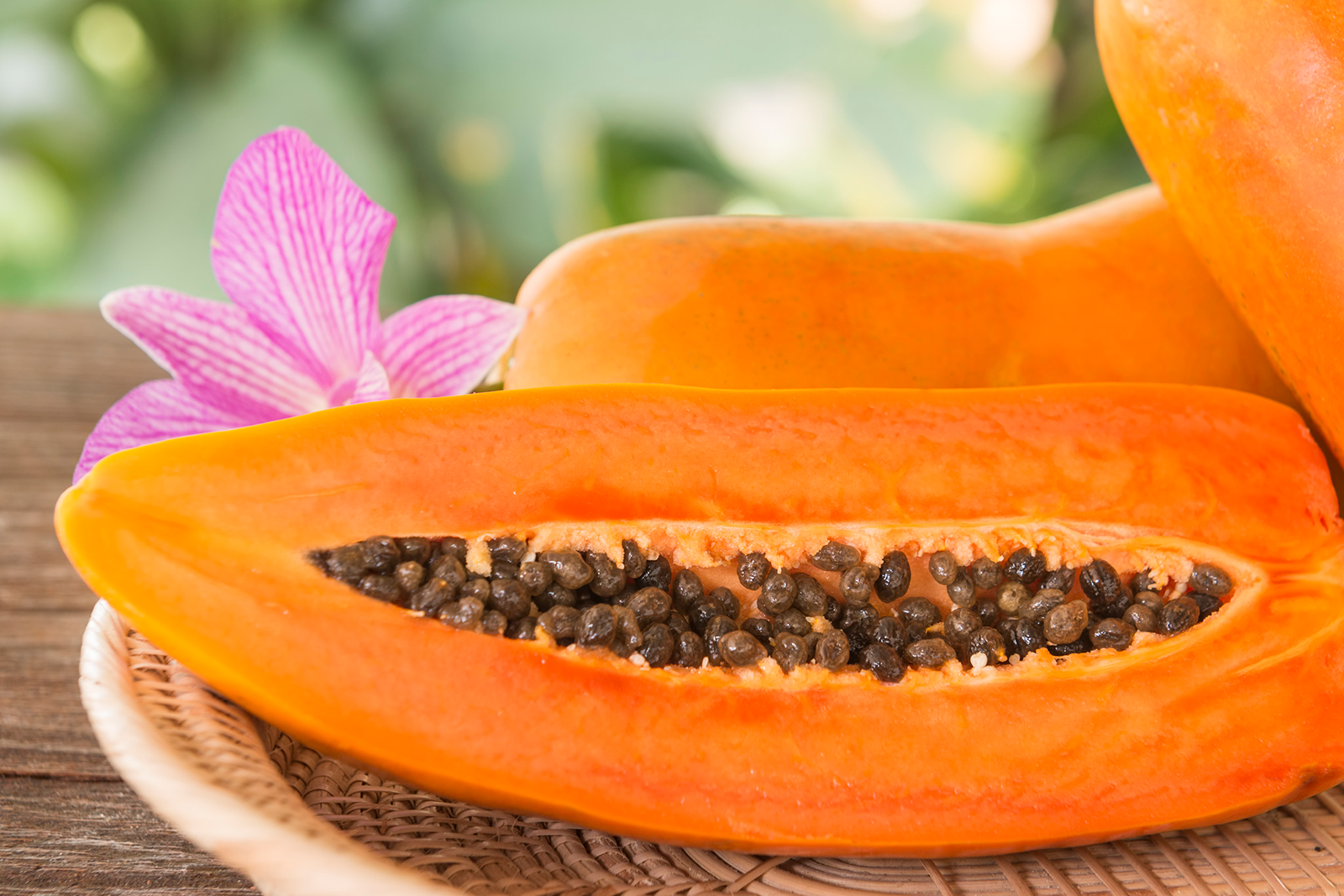Vanilla beans, those aromatic treasures often steeped in alcohol for gourmet extracts, can sometimes deceive the eye with appearances mimicking mould. Before you discard these pricey beans, let’s explore these harmless quirks that are, in reality, hallmarks of high-quality beans.
Crystal Illusions: The Case of the Vanillin Frost
One frequent visitor that often gets mistaken for mould is the vanillin crystal, affectionately known as "vanilla frost." This beautiful occurrence manifests as a delicate, spider web-like crystal across the bean’s surface. These crystals emerge in response to shifts in temperature, showcasing the bean's rich content of natural vanillin. Far from a flaw, this frost is a sign you’ve got premium beans in your hands.

Summer's Oily Gift: Vanilla Butter
Come the warmer months, a curious phenomenon known as "vanilla butter" may appear, particularly when beans have traveled through heat. Noticeable at the ends of the bean, this light, oily substance can be rubbed away, releasing a scent of pure vanilla. This is not a defect but a natural oil drawn out by the summer heat, a subtle reminder of the bean's journey and resilience.


Photo 4: Vanilla butter forming on the surface of the bean, it can easily rub off and feels oily.
Cold’s Crafty Work: Speckles and Powder
The cold isn’t without its tricks. Vanilla beans might sport speckles or even a white dust-like coating when exposed to cooler climates. This is just the vanillin oil hardening—a process akin to oil solidifying in the fridge. These speckles, often pale brown and crystal-like, are harmless and can be brushed off. A more extensive white coat can appear alarmingly mould-like but fear not! A brief warmth exposure will reveal its true nature, dissipating entirely—something real mould would never do.

Handling Imperfections: From Land to Hand
It's not uncommon to find imperfections from the beans' bundling at farms. The twine used can mark the beans, yet these blemishes do not diminish their quality. When submerged in alcohol for extraction, vanilla beans may exude a white, fatty matter. This is the fatty vanillin oils liberating themselves into their new liquid abode. These oils are a promise of potent flavour, gradually melding into a sweet concoction.
Final Thoughts: Treasure or Trash?
Should doubt creep in over a bean's appearance, simply test it. Remove the bean, rub the questionable substance between your fingers. If it’s smooth and melts away, it’s just the bean's natural oils; if crumbly, then further inspection might be warranted. Remember, mould cannot thrive in alcohol-soaked environments, and a few floating specks in your extract are perfectly normal. For those who prefer pristine extracts, a simple filter can clear away any unwanted particles, leaving you with nothing but pure, flavourful essence.


This guide should empower you to discern and appreciate the natural, albeit sometimes misleading, beauty of high-quality vanilla beans without haste or waste.









